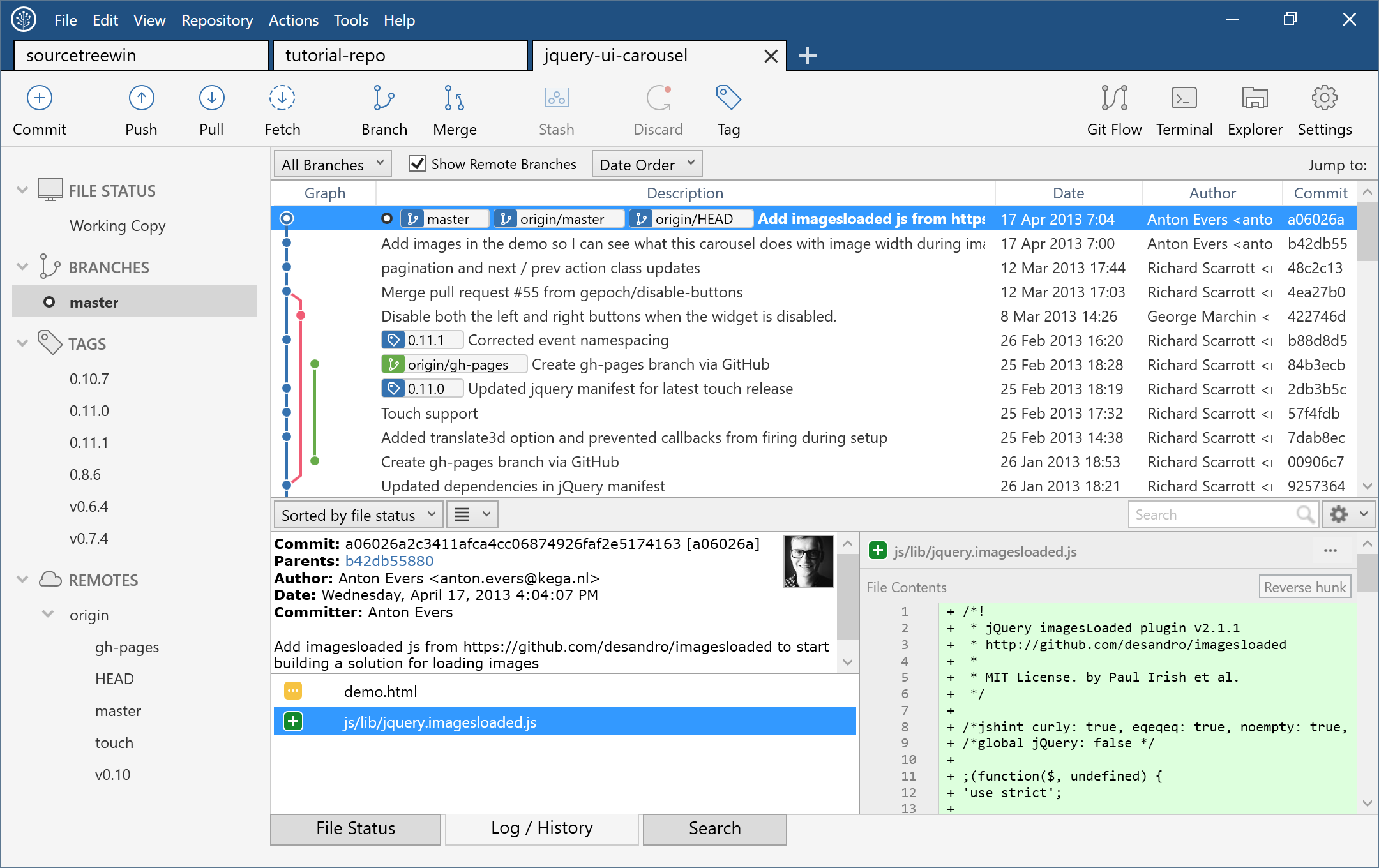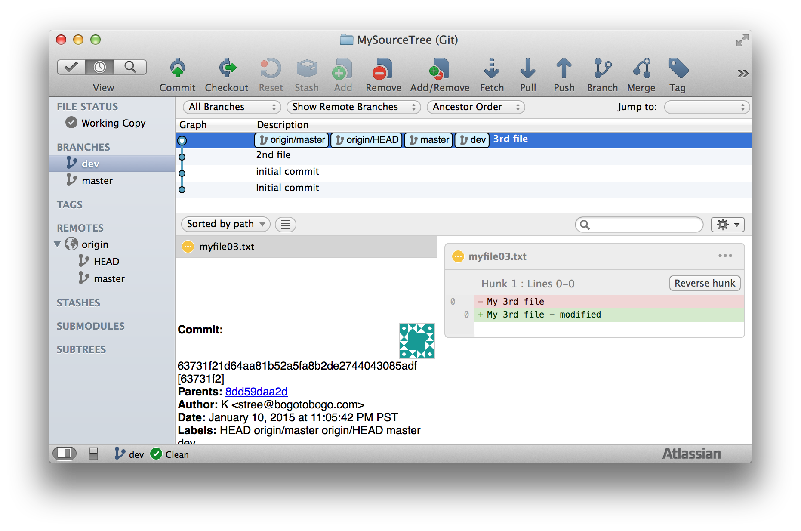
What does the git checkout command do in git? When it points to a branch, Git doesn't complain, but when you check out a commit, it switches into a “detached HEAD” state. Internally, the git checkout command simply updates the HEAD to point to either the specified branch or commit. Git’s way of referring to the current snapshot. What's the difference between git commit and git checkout? For example, the following command moves the hotfix branch backwards by two commits. This can be used to remove commits from the current branch. Additionally, what does it mean to reset a branch in Git? On the commit-level, resetting is a way to move the tip of a branch to a different commit. This is the most direct, DANGEROUS, and frequently used option.


Instead of HEAD any Git SHA-1 commit hash can be used. In this form HEAD is the specified commit. Consequently, what's the difference between GIT reset and mixed head? This means executing git reset is equivalent to executing git reset -mixed HEAD. Git reset will never delete a commit, however, commits can become 'orphaned' which means there is no direct path from a ref to access them.
There is a real risk of losing work with git reset. Just so, which is more dangerous, Git revert or Git reset? If git revert is a “safe” way to undo changes, you can think of git reset as the dangerous method.

Subsequently, what's the difference between GIT checkout, checkout and Git reset? 1 git checkout modifies your working tree, 2 git reset modifies which reference the branch you're on points to, 3 git revert adds a commit undoing changes. It will update the HEAD only if you checkout a branch (if not, you end up with a detached HEAD). git checkout is about updating the working tree (to the index or the specified tree). Git reset is specifically about updating the index, moving the HEAD.


 0 kommentar(er)
0 kommentar(er)
